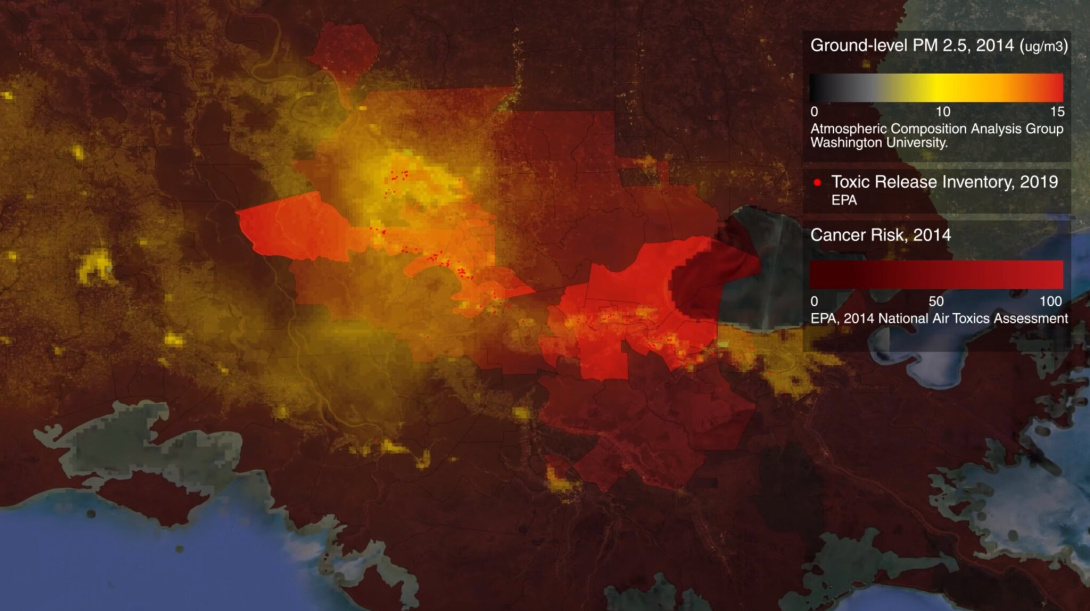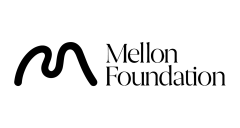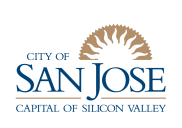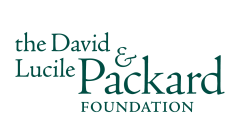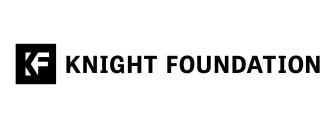Research agency Forensic Architecture (FA) uses cutting-edge technologies, including digital reconstruction, animation, remote sensing, and fluid dynamics simulation, to investigate human rights violations. Working on behalf of communities affected by police brutality, border regimes, and environmental violence, FA develops evidentiary materials that can be deployed in courtrooms and political processes, as well as in galleries, cultural institutions, and through media, in pursuit of accountability for violence committed by states and their agents.
At SJMA, FA will present their research on “Death Alley,” Louisiana, a heavily industrialized petrochemical corridor that runs along the Mississippi River between Baton Rouge and New Orleans, and overlays what was formerly known as ‘Plantation Country.’ Through architectural and environmental analysis, they examine environmental degradation and cancer risk as manifestations of colonialism and slavery, offering tools to help combat a 300-year continuum of environmental racism.
If toxic air is a monument to slavery, how do we take it down? is part of Visualizing Abolition, an ongoing initiative exploring art, prisons, and justice, with exhibitions collaboratively organized by the Institute of the Arts and Sciences at University of California, Santa Cruz and San José Museum of Art.
Support
If toxic air is a monument to slavery, how do we take it down? is made possible by the Mellon Foundation and the SJMA Exhibitions Fund, with generous support from Mr. Cole Harrell and Dr. Tai-Heng Cheng, Rita and Kent Norton, and Hildy Shandell.
Operations and programs at the San José Museum of Art are made possible by lead support from SJMA’s Board of Trustees, a Cultural Affairs Grant from the City of San José, the Lipman Family Foundation, the Adobe Foundation, the Richard A. Karp Charitable Foundation, Sally Lucas, Yvonne and Mike Nevens, the David and Lucile Packard Foundation, the Skyline Foundation, the Knight Foundation, Brook Hartzell and Tad Freese, the SJMA Director's Council and Council of 100, the San José Museum of Art Endowment Fund established by the Knight Foundation at the Silicon Valley Community Foundation, and the William Randolph Hearst Foundation.
Press
Your Guide to Visual Art at the New Year’s Start, KQED
January 4, 2024
If toxic air is a monument to slavery, how do we take it down?, Metro Silicon Valley
January 16, 2024
